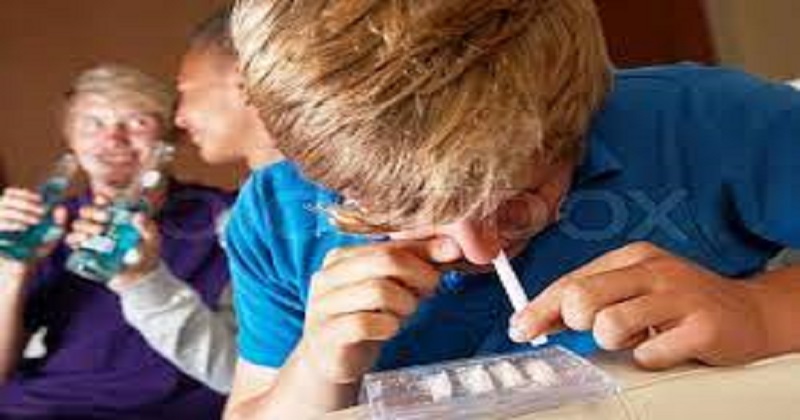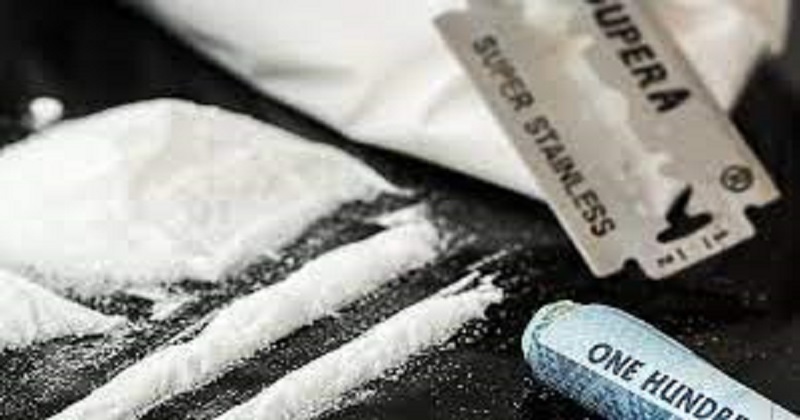
As the country once again grapples with the drug epidemic, high-profile arrests have taken place on a luxury cruise in the Indian Ocean on charges of drug consumption and possession. However, it is alarming to note that the number of drug-related cases involving children and adolescents has also increased drastically over the past ten years.
According to the Narcotic Drugs and Psychotropic Substances (NDPS) Act, the number of cases involving juveniles has more than doubled over the past decade, despite starting from a low base. As distressing as the increase in children using drugs is the increase in the number of drugs being offered to children. Approximately 40 lakh children abuse opioids and 30 lakh abuse alcohol and inhalants, according to reliable estimates. Those statistics pertain to 2018. Perhaps the numbers have gone up since then.

The government informed Parliament in September 2020 that opioids are the most commonly used drugs among juveniles. Among these substances are opium, morphine, heroin, smack and poppy husk. Inhalants and alcohol follow opioids on the list of most commonly consumed substances by juveniles. As of the pandemic year 2020, there were 264 juvenile cases reported under the NDPS Act, up 21% from a year ago. According to the National Crime Records Bureau, 123 juvenile cases were registered under the NDPS Act in 2015 and 82 in 2010.
Nasha Mukt Bharat Abhiyaan (NMBA) was launched in 272 vulnerable districts with the aim of raising awareness about the negative effects of substance abuse among youth, with a special focus on higher education institutions, university campuses, and schools. Aside from juveniles, the overall number of NDPS Act cases has increased in the last decade. In the decade ending 2020, the number of cases rose by 74% over the decade ending 2010. Drug seizures in 2020 included 8.5 lakh kg of cannabis-based drugs and 2.99 lakh kg of opium-based drugs. Other drugs seized in India include cocaine, psychotropic substances and medical preparations.
Read more: Terrible internship! Cuffed 22-year-old woman to a pole for job, read more…
The prevalence of opioid abuse in India (2.06%) is over four times the Asian average (0.46%) and over three times the global average (0.7%), according to the Narcotics Control Bureau. A major factor contributing to India’s drug trafficking problem is its proximity to major opium-producing areas of Southwest and Southeast Asia, known as ‘Golden Crescent’ and ‘Golden Triangle’ respectively. Due to its geographic location, India is vulnerable to transit, trafficking and consumption of opium derivatives in various forms along known trafficking routes.

Post Your Comments